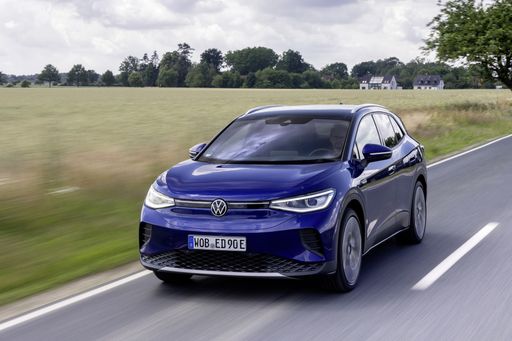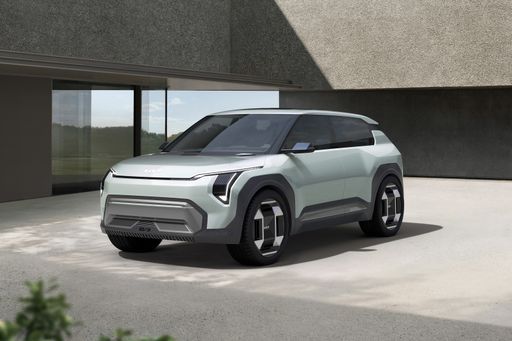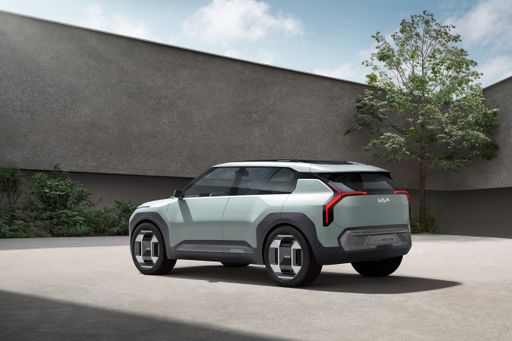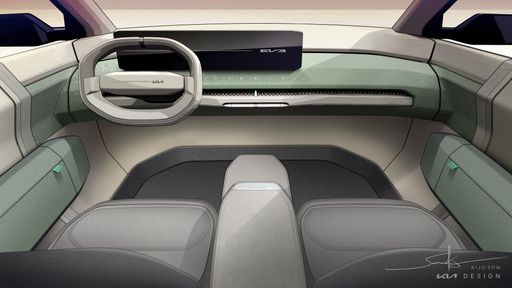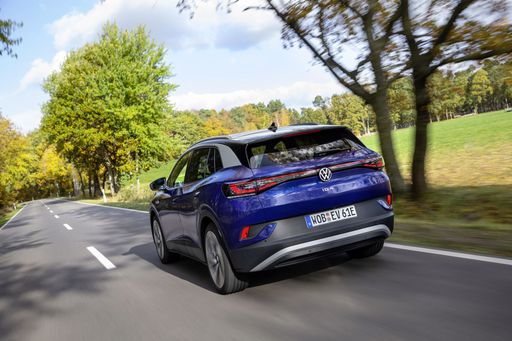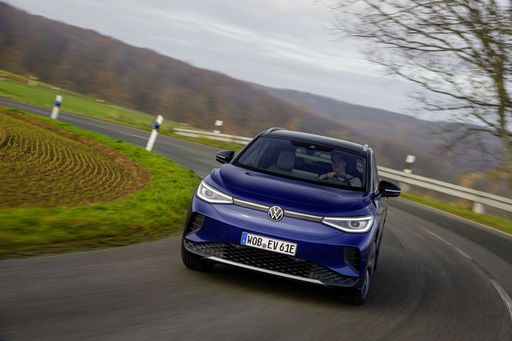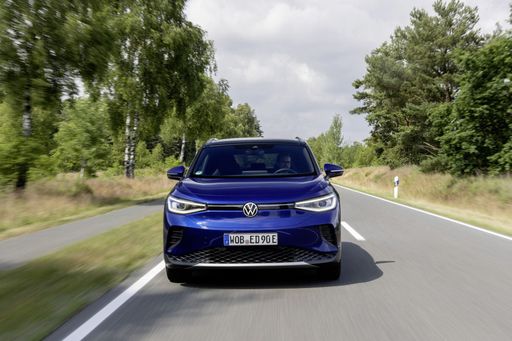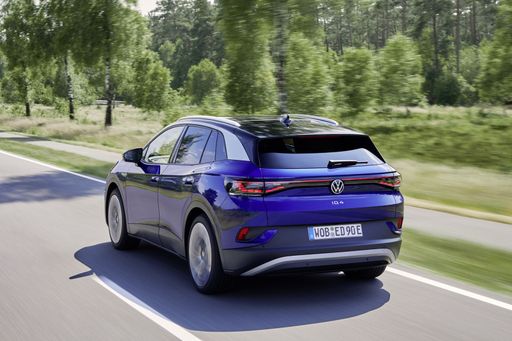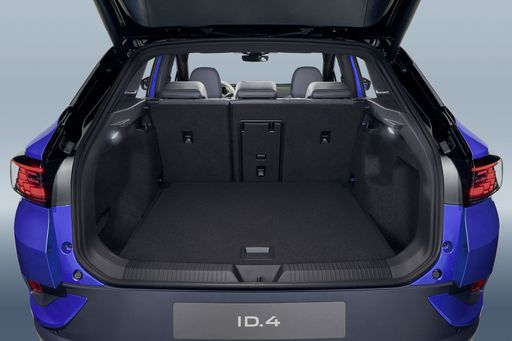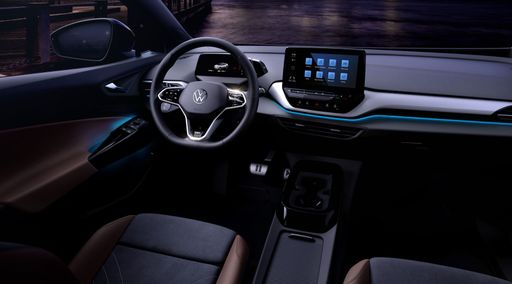Street Presence and First Glance
The Kia EV3 arrives with taut surfaces and a fresh, youthful silhouette that feels eager to please, while the VW ID.4 leans on a more mature, understated demeanor that signals competence rather than flash. Both cars manage to look contemporary without shouting, but they appeal to slightly different tastes: one more playful, the other more composed. If style is part of the purchase decision, consider whether you want to turn heads or blend in with quiet confidence.

